The Most Notable Parts of ‘Dune’ the Film Leaves Out
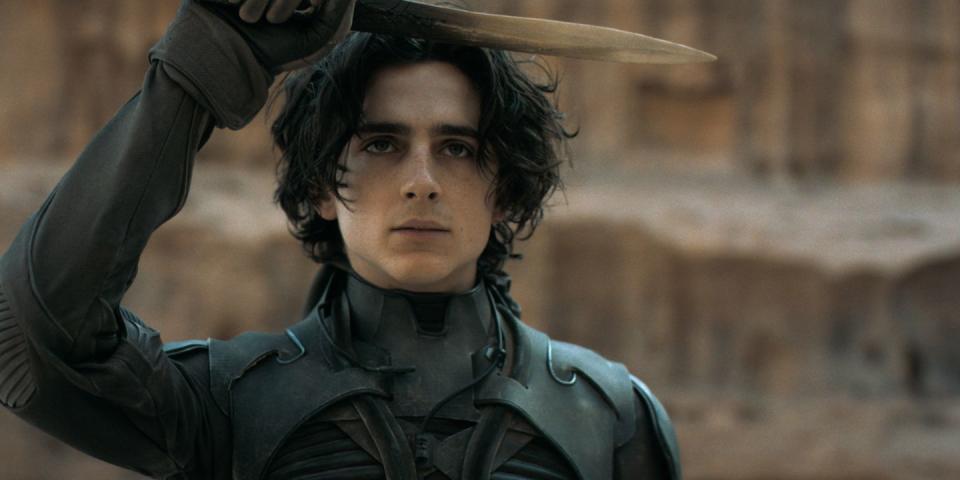
The following story contains spoilers for Dune (2021) and Frank Herbert's original 1965 novel of the same name.
Director Denis Villeneuve has done something remarkable with Dune, his 10th film and sixth in the English language. The 2021 release is the latest adaptation of author Frank Herbert's classic 1965 sci-fi novel—following an abandoned Alejandro Jodorowsky adaptation, a truncated 1984 David Lynch-directed take, and a lower-budget 2000 SyFy miniseries—and is by far the most accurate adaptation to the written work yet. Villeneuve's film makes visual imagery you may have thought you could only imagine in your head work on a grand, majestic scale. The director said in an interview with The New York Times Magazine that his film was “about the book, the book, the book," and that's never more evident than in watching his final product.
And the reality of Villeneuve's Dune is that just about every sequence, every interaction, every scene, feels plucked right out of Herbert's original text. It's extra rich, of course, with the director of movies like Arrival, Sicario, Blade Runner 2049, and Prisoners merging that text with his vision, but it all feels true to the book.
The thing, however, is that while Dune is a long movie—2 hours and 35 minutes—it wasn't going to be a 5-hour long movie. It would've been impossible for all the key scenes for the first half of the book (which is all the film covers) to get everything, and that meant that a few memorable scenes, threads, and moments in the book still didn't make it into the movie, despite its director preaching utter loyalty. It's all part of the equation, of course, but when you're familiar with a book what's omitted can be just as obvious as what's vividly present.
Now, before I dive too deep into all of this, I should disclose some important details: I'm a new Dune fan, currently making my way through a first-ever read of the now 56-year-old novel. But I've coasted past everything depicted in Dune (Villeneuve's 2021 film), and now am in the back end, just getting an idea of what will be in the (hopefully officially greenlit soon) Dune sequel in the coming years.
Here are the biggest changes/omissions from Frank Herbert's original novel to Denis Villeneuve's 2021 film.
The Dinner Party
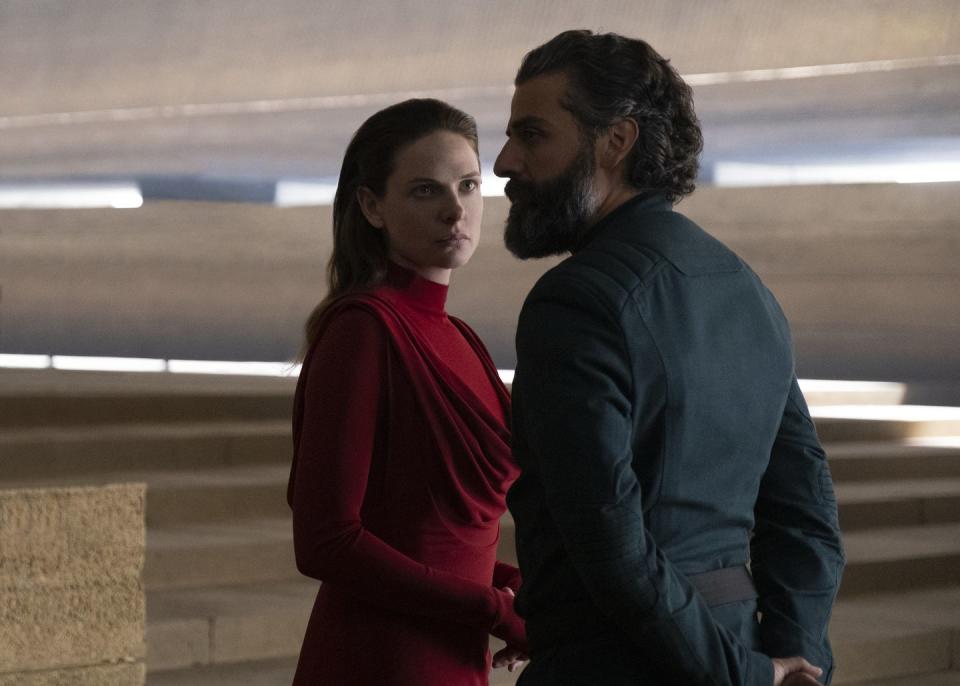
The scene from the novel that I most wanted to see on the big screen was a memorable sequence that fans know as "the dinner party" sequence. In this tangent of the story, the Atreides family host a dinner that features smugglers, politicians, and all sorts of galactic characters as guests. The closest the movie gets to depicting this is when Stilgar, the Freman leader played by Javier Bardem, spits in front of Duke Leto; in the novel, this happens at the start of the dinner party.
But what the movie misses by not including the dinner party is some key development of Paul, Leto, and Liet-Kynes (while also featuring Jessica's internal monologue as well). When Leto—now leader of Arrakis—learns of a traditional practice of pouring excess water on the ground at these aristocratic events, he orders it conclude for good. He rides a risky line, but this display of indulgence is cruel and it establishes that this is a leader really bent on doing the right thing. It also further drives home the class divide between the rich and wealthy, and everyone else, on Arrakis.
At one point during this dinner party, Leto leaves and Paul—until that point just seen as a boy—takes over as host. It's at this point that Jessica notices that her son is perhaps more composed and ready to lead than she suspected. The dinner party also makes for some key development within the thinking of Liet-Kynes (who in the novel is a man), who until this point was stand-offish with the Atreides, but after the spice run earlier has made an about face in particular when thinking of Duke Leto, and how he's an honorable—if not doomed—leader.
Unconfirmed rumors have suggested that the dinner party scene was filmed, but did not make the movie's final cut. HBO Max Dune director's cut (or at least just let us see some deleted scenes) when???
More of Lady Jessica's red dress from the cut "banquet scene." H/T to @rfergusonweb #Dune #DuneMovie pic.twitter.com/e5Zk4ZQxJA
— Secrets of Dune | Ralí (@SecretsOfDune) October 23, 2021
The 'Traitor' Subplot and Suspicions
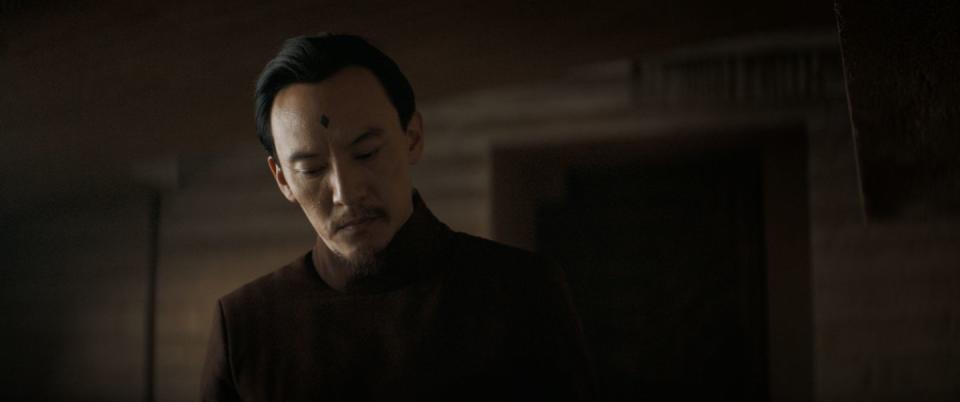
Again, with an 800-page book, it's hard to get everything into the adaptation. And one place the move cuts from a bit is developing the character of Dr. Yueh, who is only a tangential character at best in Villeneuve's Dune before being revealed as a traitor, setting Duke Leto up with a poison-filled tooth, and then getting murdered by the Harkonnens himself.
In the book, Yueh is, indeed, the traitor, but he hates the Harkonnens just as much as anyone else; his wife, a woman named Wanna, is in their control and he sees this betrayal as his only path out. He has scenes with Jessica where the two show trust; he's a strong character in the early part of the book.
After Paul is attacked by a Hunter-Seeker (which does make it into the 2021 film) suspicion around House Atreides grows that there's a traitor in their midst. Duke Leto never quite suspects Jessica, but Hawat does. The two have a very memorable confrontation, and Hawat sees Jessica's Bene Gesserit powers up close and personal. It's a sequence that would have been great to see in the movie, but it seems landed on the cutting room floor in favor of keeping the movie's pace moving.
Development of Certain Characters
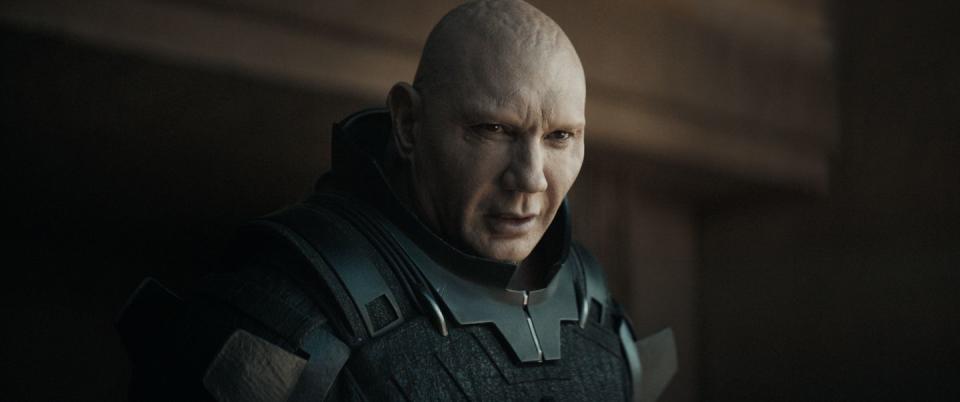
Villeneuve has spoken about how he wanted to keep the focus of his first Dune just on Paul and Jessica. "The way we adapted this is first of all we embraced Paul and Jessica’s point of view and tried to stay as close as possible to those two characters," he said in an interview with The Los Angeles Times. "Then we tried to develop ideas that would allow us to feel what their mind-set is without having a voice-over."
By keeping this focus on those two leads, several others fell by the wayside. That meant the chief villain in the movie, Baron Vladimir Harkonnen, did a lot more brooding and menacing sitting in the film (where in the novel he's rarely not speaking), while the Mentats (Dune's version of human computers), both saw their roles made smaller.
The novel's version of Piter De Vries (played here by David Dastmalchian) is the Baron's right-hand man, helping him plan his militaristic takeover and ambush of Arrakis. Piter, in the book, is planned to eventually take over Arrakis and lusts for Lady Jessica. When the Duke bites into his poison tooth and kills most of the Harkonnen people, you feel disappointed that he didn't get the Baron, but a natural "at least he got Piter" thought comes afterwards. With a lack of development, this isn't quite there.
But Villeneuve has made it clear that there were characters he was saving to use more for his next outing. This could, perhaps, include Thufir Hawat (Stephen McKinley Henderson), and Beast Rabban Harkonnen (Dave Bautista), who were cut back on in the first movie. “There are some characters that are less developed that I’m keeping for the second film—that’s the way I found the equilibrium,” the director said. “We tried in this movie to stay as close as possible to Paul’s experience. Then, in the second one, I will have time to develop some characters that were left aside a little bit. That’s the theory. I hope it will work.”
Duncan Idaho's Fate
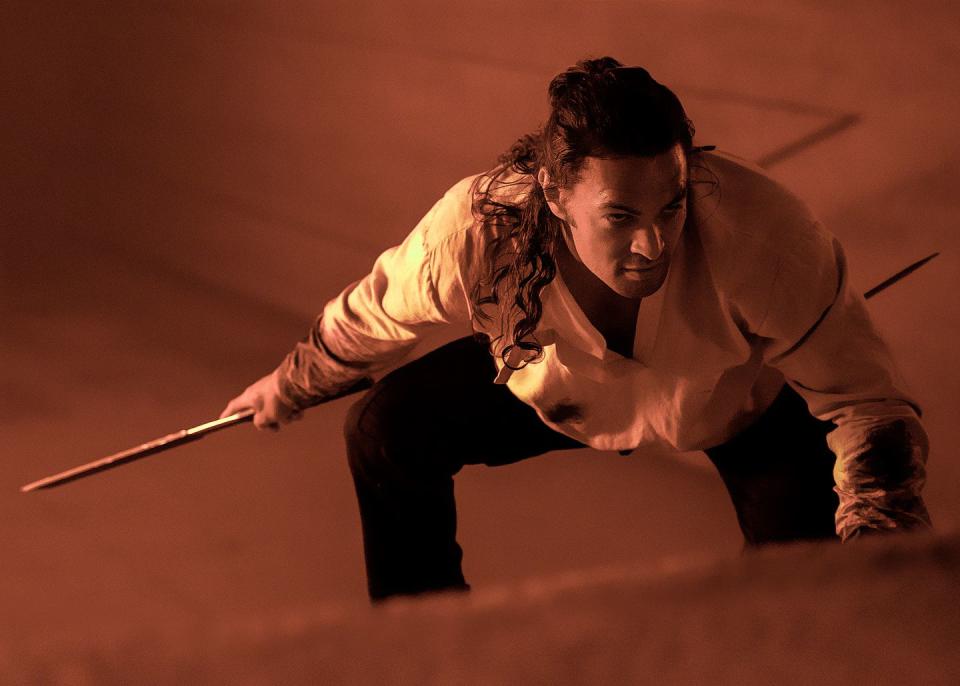
Maybe this one is just the fact of reading and creating imagery in your own mind versus actually seeing something on-screen. But when Duncan Idaho takes on the Sardaukar in Herbert's novel, you get the implication that he's dead the same way you do in the film—Jessica saying that he's gone. But it's unclear in the book (and in the movie, for that matter), if Jessica is just sayin that so that the party can get a move on, or if she actually senses a difference.
The difference in the movie, however, is that we see Duncan take what we must presume is his final breath. He puts up quite the fight, but the Jason Momoa version of Duncan Idaho could only fight like a demon for so long.
You Might Also Like

